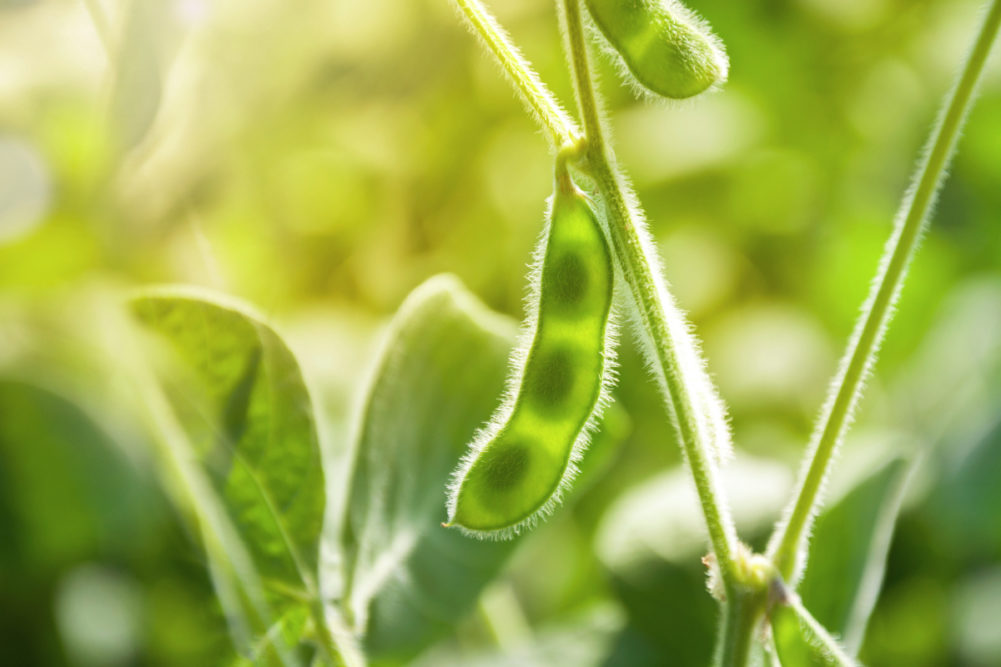WASHINGTON, DC, US — Upcycling agricultural waste into food ingredients and alternative protein inputs will be necessary to help feed the world’s growing population, according to a new report from the Good Food Institute (GFI).
The GFI analyzed the byproducts from the top eight high-volume crops across the United States, Canada and Mexico to determine which have the most potential for applications in plant-based protein ingredients and production ingredients for fermentation and cultivated meat. The study used criteria such as forecasted volume, production unit cost, environmental impact and functional attributes to evaluate each side stream.
“We currently produce significant amounts of waste due to low value utilization and disposal of things like agricultural residues, processing side chains and food losses generated throughout the supply chain,” said Lucas Eastham, MSc, senior fermentation scientist at the GFI. “The valorization or the upcycling of agricultural and processing side streams presents an opportunity for us to shape the circular bioeconomy, and this will help us reduce waste and increase food production.”
Among the possible plant protein concentrate side streams, the GFI identified soy meal as a top candidate. The byproduct currently is used primarily for animal feed, but the volume of soy grown in North America and the well-established popularity of soy protein concentrates in plant-based products makes upcycling soy meal a promising option.
Canola meal also ranked highly due to the high digestibility of canola protein. Royal DSM already has developed several applications for its canola protein isolate that launched last year, Vertis CanolaPro, including in meat, fish and dairy alternatives. Other side streams with plant protein potential were tomato pomace, rice bran and spent brewer’s grain. AB InBev company Evergrain sees similar opportunities with the latter protein and is developing spent grain ingredients for the dairy alternatives, sports nutrition and protein powder categories.
“We estimate the world has 9 million metric tonnes of spent grain that needs to be saved,” said Greg Belt, chief executive officer of Evergrain. “If you look at just the protein; if you could capture the volume of that protein, you could double the volume of plant protein isolates in the industry. So, this can be a tremendously important source (of protein) in the plant-based world.”
In addition to its uses in plant-based protein, the GFI ranked soy meal as the No. 1 side stream for cultivated meat media. Soy meal contains a solid amino acid profile, with a good number of essential amino acids, that is necessary for cell growth, and soy peptone products are already commonplace within the cellular media market. Further developing this side stream could help relieve the cost and supply challenges around media, which remain major barriers to the growth of cultivated meat.
Along with soy meal, corn dried distiller’s grains, corn gluten meal and canola meal are all byproducts with promise for cellular media.
“Many major media component and food ingredient suppliers have the potential to valorize these side streams due to the technological maturity, infrastructure and expertise in this field,” Eastham said.
For fermentation applications, specifically as lignocellulosic sugar carbon sources, the report pointed to corn stover as the most likely viable side stream. Corn stover’s favorable outlook is due to the commercially mature supply chain, infrastructure and technology resulting from its current use in cellulosic ethanol manufacturing. However, the GFI noted that the production processes may not be directly transferable and existing capabilities are likely to require additional improvements. Soy straw, rice hulls and sugarcane trash also scored well on the GFI’s criteria.
“Lignocellulosic sugars offer an opportunity to reduce environmental impacts from unused side streams and provide a more sustainable carbon source for fermentation processes,” the GFI said.





